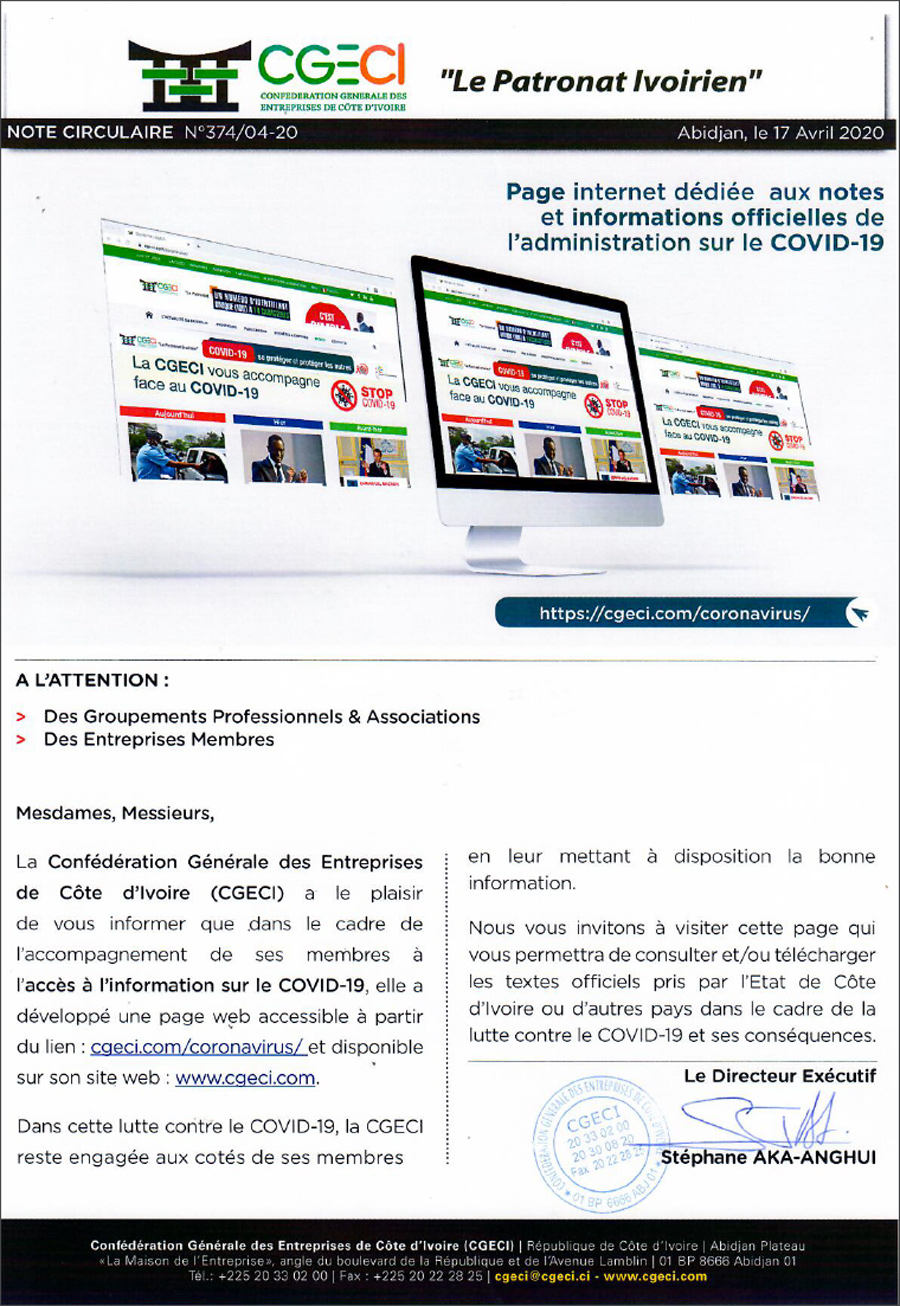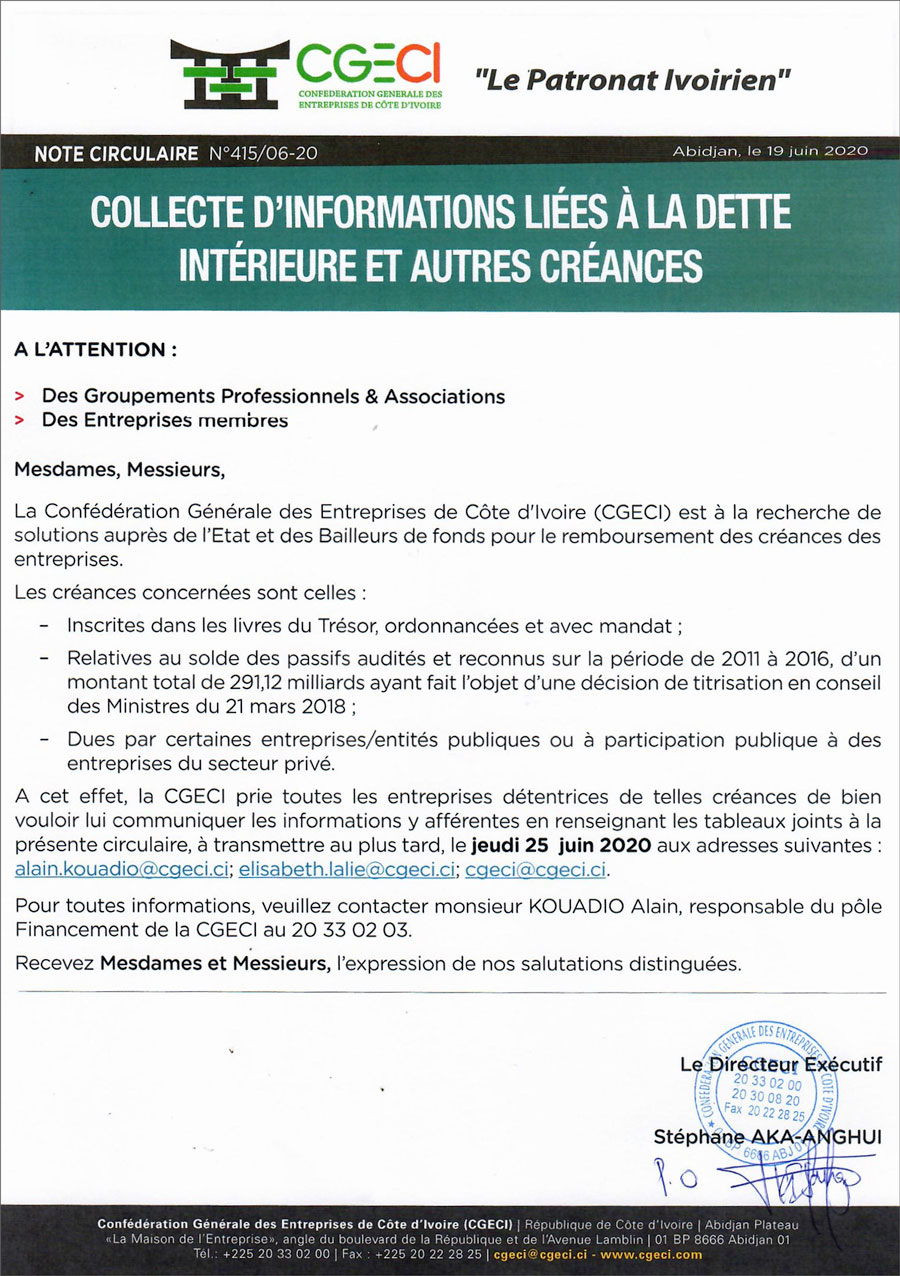A new report by the Joint United Nations on HIV/AIDS (UNAIDS) Programme, is published on the occasion of World AIDS Day (1 December).
The report shows that the year 2011 has changed the response to AIDS, with unprecedented progress in science, political leadership and results. It also shows that new HIV infections and AIDS-related deaths have fallen to their lowest levels since the peak of the epidemic in 1997. New HIV infections have decreased by 21% since 1997, and deaths related to AIDS by 21% since 2005.
« Even in a very difficult financial crisis, countries get results in the field of the response to HIV/AIDS. ‘ said Michel Sidibé, Executive Director of UNAIDS ‘. We have seen a massive expansion of access to treatment of HIV, which has had a dramatic effect on the lives of people everywhere in the world.”
Thus, in Botswana, for example, while the treatment reduced the viral load of a person living with HIV to virtually undetectable levels, it also reduces the risk of transmitting the virus to an uninfected partner. Recent studies show that treatment can be effective up to 96% to prevent the transmission of HIV within couples.
For the whole of the African continent, the 2011 report indicates that:
- In 2010, according to estimates, 68% of people living with HIV resided in sub-Saharan Africa, a region that represents only 12% of the world population.
- South Africa has more people living with HIV (about 5.6 million) than any other country in the world.
- • Since the peak of the epidemic in 1997, the total number of new infections has fallen by more than 26% in the region, from 2.6 million [2, 4-2, 8 million] to 1.9 million [1, 7-2, 1millions].
- In 22 countries in sub-Saharan Africa, the rate of new HIV infections declined over 25% between 2001 and 2009.
- In 2010 However, the region continued to be originally from 70% of the total of new infections with HIV.
- Since 1998, AIDS has claimed a million lives per year in sub-Saharan Africa. In 2010, nearly half of AIDS-related deaths have occurred in southern Africa.
- The most marked increases in coverage with antiretroviral therapy occurred in sub-Saharan Africa, with an increase of 20% between 2009 and 2010 only.
- Access to free antiretroviral being widespread in the region, in AIDS-related deaths steadily declining.
Meanwhile the report 2011 African Economic Commission (UNECA) on the economic situation of the continent published November 8 in Addis Ababa, says that best results were obtained in the fight against HIV/AIDS in Africa, concerning both the incidence and treatment of the pandemic by antiretroviral (ARV) therapy.
According to the report
According to the report « the observation was that in 22 countries in sub-Saharan Africa, the HIV incidence has declined; the total number of people living with HIV continues to increase, stresses the document which also notes that in 2009, this number reached 22.5 million or 68% of the total world. In this number, women continue to be victims of the pandemic jackpot. The report however welcomes the ‘significant progress’ made in reducing the incidence and impact of HIV among children aged less than 15 years in southern Africa, the number of children newly infected with HIV has decreased by 32% and the number of child deaths related AIDS fell by 26%. At the end 2009, 37% of adults and children eligible for antiretroviral therapy were recipients in Africa, or 41 per cent in East Africa and southern and 25% in West Africa and Central, versus only 2%, seven years earlier, recalls the source. »
The report also noted a decrease of 18% of all deaths related to AIDS in southern Africa and stresses that according to estimates, 610 000 people died of diseases related to AIDS in southern Africa in 2009 against 740 000, five years previously. It appears that awareness through information has had an impact in the regression of infection of HIV/AIDS in Africa. However, it should be noted that it is not necessary to lower the guard because HIV/AIDS remains the most destabilizing scourge of the economic fabric in Africa. In Côte d’Ivoire, Unicef points out, in this regard, that we are ‘ in the end of the emergency phase, but the vulnerabilities are still there ‘.
Note on World AIDS Day
the World day of AIDS organized December 1st, gives the opportunity to individuals from diverse backgrounds to come together to raise awareness of HIV/AIDS and to show their solidarity to the pandemic. This day helps several public and private partners to provide information on the situation regarding the pandemic and to promote the prevention, treatment and support of HIV/AIDS, in countries with a high prevalence but also elsewhere.
Between 2011 and 2015, the World AIDS Day theme will be « zero objective: zero new HIV infection, zero discrimination, zero deaths related to AIDS. The global campaign against AIDS, focused on « zero deaths related to AIDS, » is both an initiative for better access for all to the treatment, a call to Governments so that they act immediately and honour their commitments, for example those made under the Abuja Declaration, and appealed to African Governments so that they reach at least the objectives agreed in national health spending and against the HIV, to guarantee the fundamental right of every human being to the best possible health care level.
































